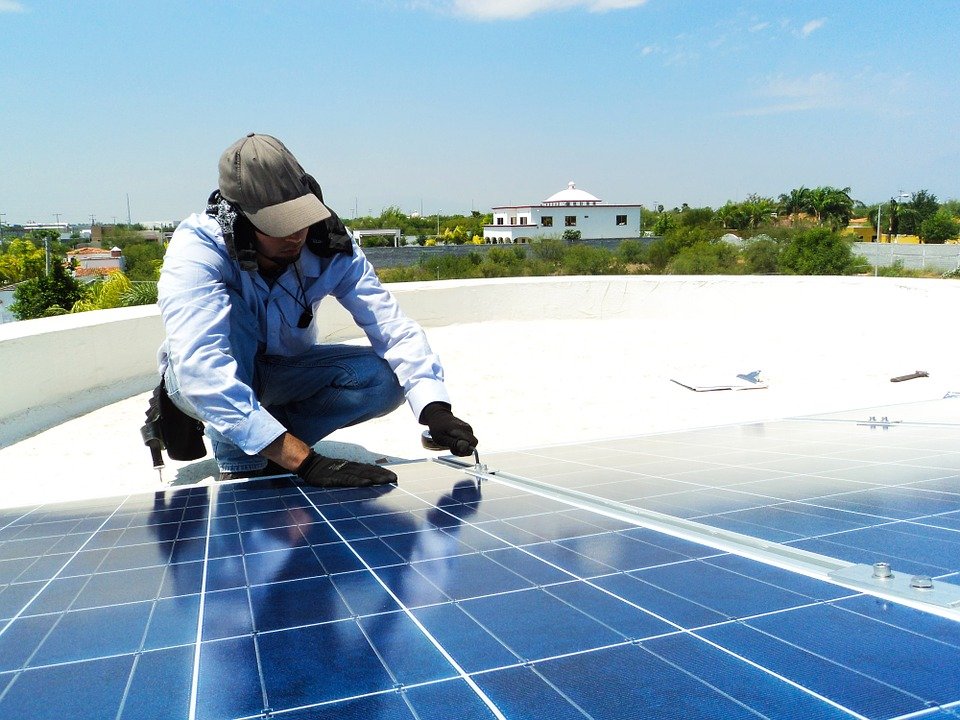Solar Panel Installation

The advantages to solar panel installation are numerous, including reducing your dependency on traditional fossil fuels, saving money on your electrical bill, and making your home a more environmentally friendly energy source. While there are some significant differences in your location, here is a list of the basic solar panel installation procedure. If you want to know more about your particular situation, talk with your local electrician to help you determine which type of system is best for you.
One of the first things you should do is check your local building code and make sure the panels are installed in a way that will not interfere with other structures, such as driveways, fences or trees. If the code requires a certain number of panels for your building, this will be listed on the approval notice or on the home's construction plans. In most cases, it is sufficient to simply have one panel installed; it is a good idea to double-check before installing more than that. Once you have checked the code, you should also discuss with your local electrician the types of batteries you will need in order to store the energy created by the panels.
Next, find a professional home solar installer who is familiar with solar panels and has experience installing them. This is extremely important so he or she can properly install the equipment. It may take some time to find someone who is experienced with solar installation, but you should look for a local installer or business that offers training to their current clients, or who will provide references.
To start your project, the installer will need to determine if you have a roof that can hold the amount of solar energy that will be needed for your home. For larger homes, this will require a greater amount of roof space. You can usually request a free home estimate, which may be useful in determining the amount of space required. When determining the amount of space required, you should include any doors and windows that are open during the day. If your roof does not support the amount of solar energy needed, then you will need to use a different type of roofing material.
After determining the amount of space needed, the installer can give you an estimate of how much it will cost to complete your solar panel installation. The total cost will depend on many factors including the amount of materials used, the materials you choose to use, the number of panels required, the amount of labor hours necessary to complete the job, the amount of labor required, any permits required for your specific area and the amount of insurance coverage your insurance company provides for your investment.
After you have received your estimates, you can begin to gather all of your information to properly purchase and install the solar energy producing equipment that you will need to generate enough solar energy to power your home and reduce your dependence on traditional sources of energy, which includes electric, gas or coal. You can find detailed instructions for your specific needs in books, magazines or even on the Internet. Check out this post that has expounded on the topic: https://en.wikipedia.org/wiki/Renewable_energy.
